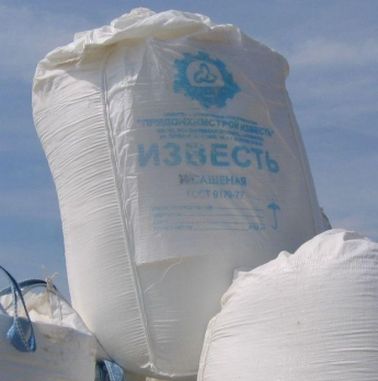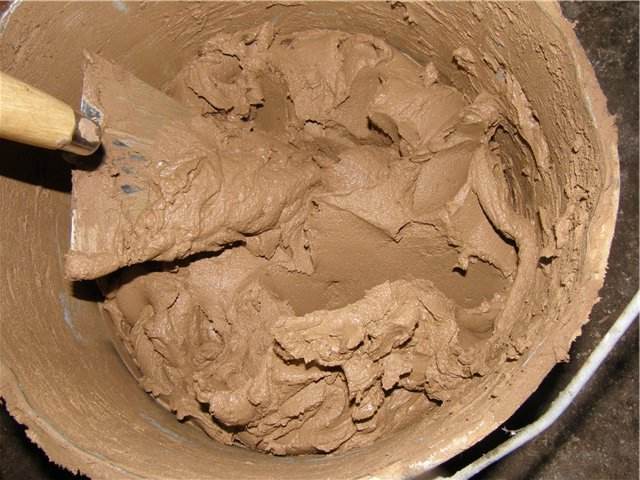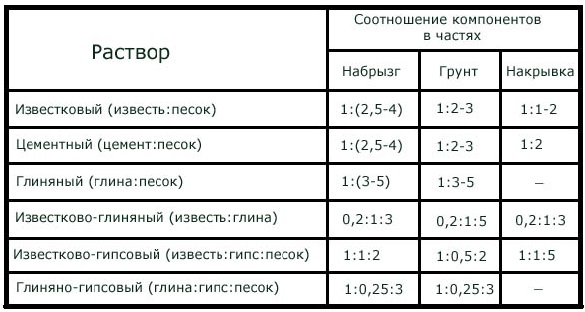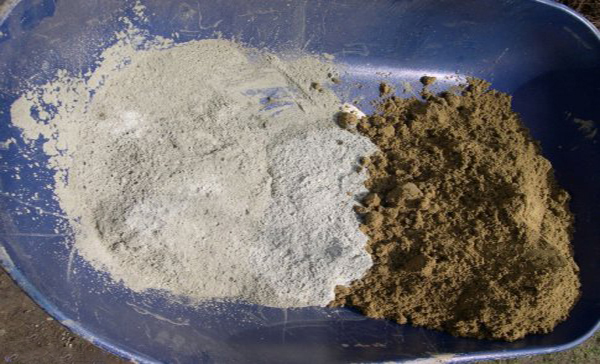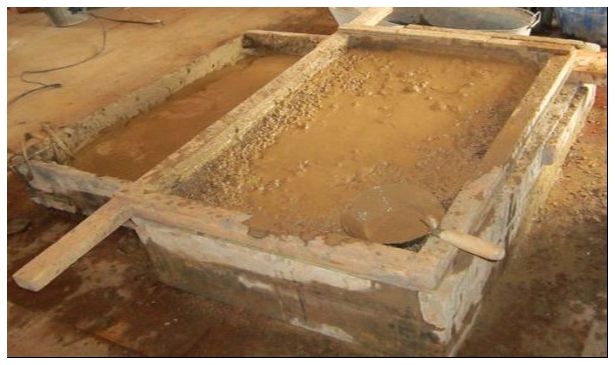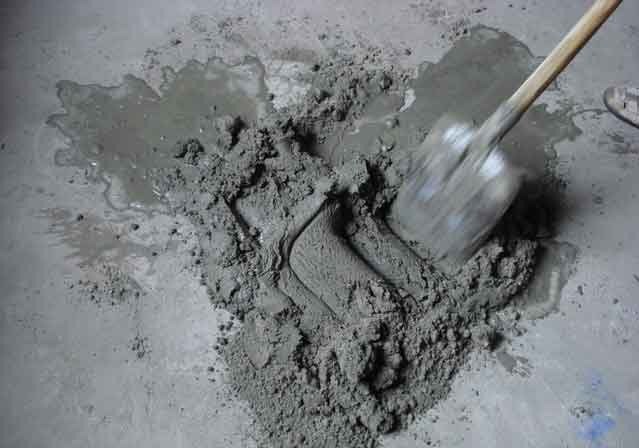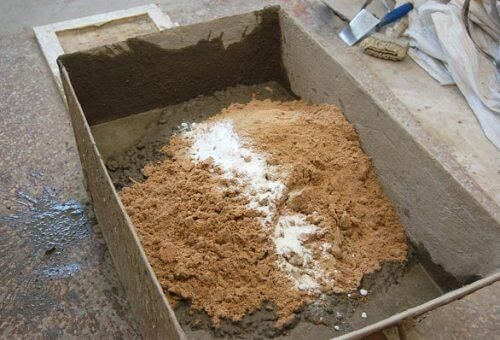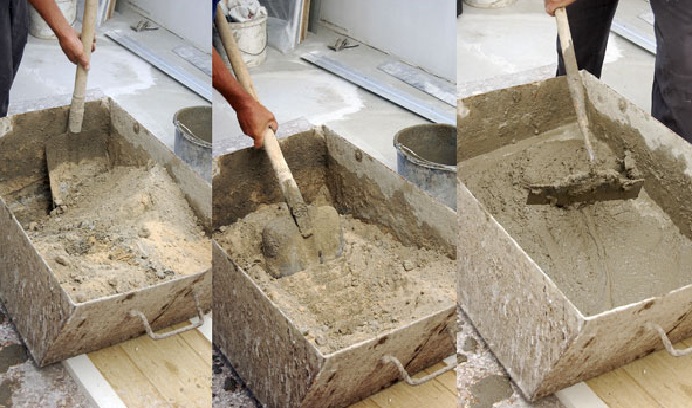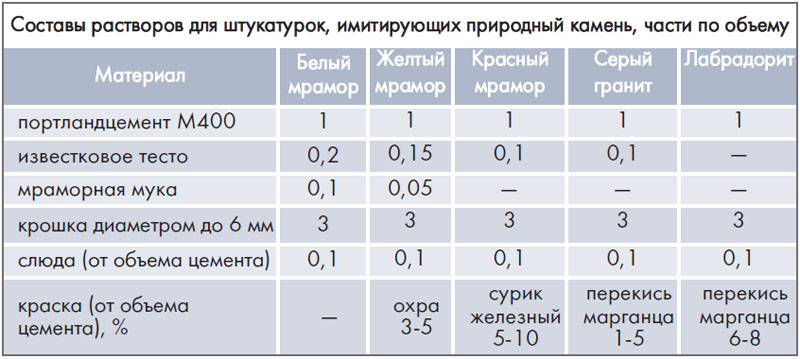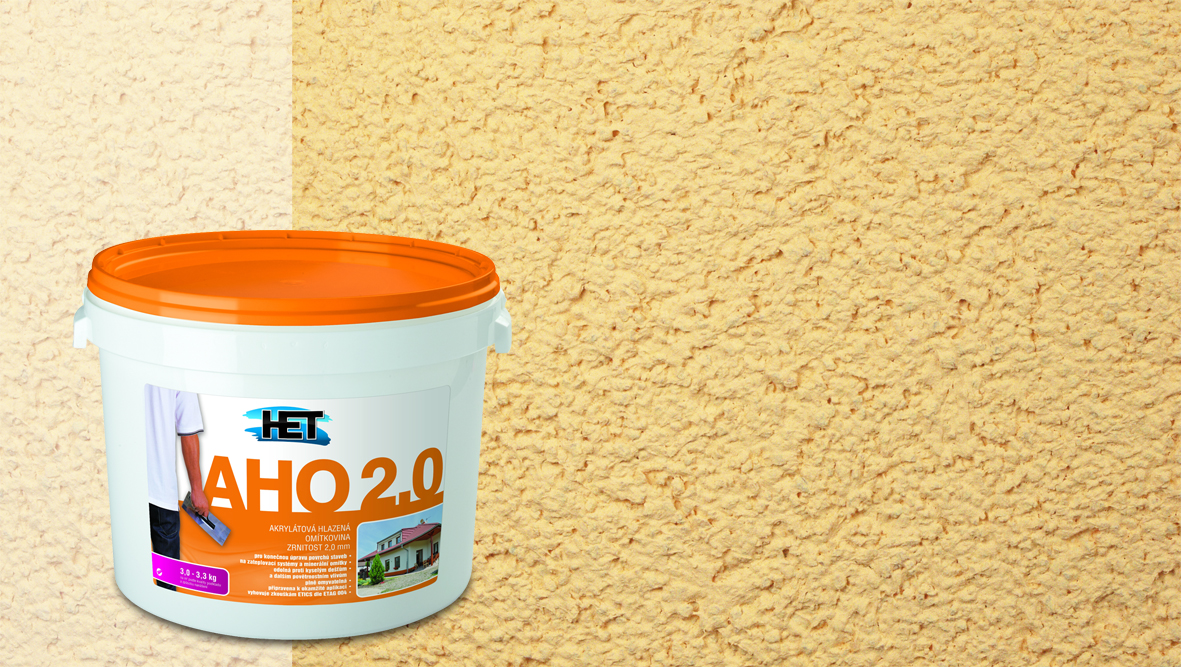To erect a wall a little of them still need to be plastered. This will make the surface perfectly smooth and ready for further finishing. In today's market a large assortment of construction mixtures is presented. In this article, we will discuss them in more detail, as well as how to make a solution independently.
Content
Plaster solution, types
Stucco solution is made from various components, which are thoroughly mixed. After that add astringent components for better adhesion to the surface. Everything is mixed in certain proportions, each component being sieved through a sieve. Preparation takes place in plastic or wooden containers, where everything is thoroughly mixed with dilution with water to the desired density.
The most common are the following:
Mortar - Prepared from a mixture of lime and sand. For 1 part of the lime, 5 parts of sand are taken. Begin the preparation of the mortar from grinding a small amount of lime and sand to avoid lumps in the bulk. After that gradually add the remaining sand. Water is added continuously mixing the mixture. It should be of medium density.
Clay mortar - do according to the principle of the previous one, although for strength it includes gypsum or cement.
Clay - lime mortar - prepared from a mixture of clay, lime and sand. One part of the clay solution is mixed with 0.3 to 0.4 parts of lime and 3 to 6 parts of sand. And the last component is added gradually, achieving the desired fat content and consistency of the solution.
Lime - plaster solution are prepared from 3 to 4 parts of lime and 1 part of gypsum. Gypsum gives it good strength, this is its advantage and disadvantage at the same time. The mixture begins to rise after 5 minutes, so it must be prepared before use and in small quantities.
Clay cement - the name speaks for itself. For preparation take 1 part of softened clay, 3 - 5 parts of sand and 0,15 - 0,2 parts of cement.
Cement - for it it is necessary to take from 2 to 5 parts of sand and 1 part of cement. After that, everything is thoroughly mixed in a dry state, until uniform, after which little water is added.
Cement - lime the solution is made of cement, lime and sand. Initially, the sand is mixed with cement in dry form. Then the lime is diluted with water until a thick cream is obtained. The last step is the combination of all the components in one solution.
Each species is good for interior or exterior decoration. They have their advantages and disadvantages. We will dwell in more detail on the cement-sand version, and we will talk about it further.
Cement-sand mortar
This solution is easy to prepare and work. Therefore, it gained popularity among builders. The composition is simple cement, sand and water. Everything is mixed and you can work. It is great for leveling surfaces. The main thing to observe the proportions of cooking, which are 1: 5 (for a part of the cement, five sands). The volume of water depends entirely on the brand of cement used.
Let's consider step by step technology of preparation of the given solution:
- 2/3 of the total amount of water is poured into the mixer and cement is added, when all is mixed, sand is poured in and the remaining water is added, then everything is stirred for four minutes;
- use the solution within three hours of preparation;
- the heavier layers of plaster should be placed under the lungs, otherwise the layer will crumble;
- using fine sand you will achieve a smooth and even surface.
It is also fashionable to refer to the general recommendations of compliance with the temperature regime from plus 10 to 30 degrees. Exterior finish should not be carried out in rainy and windy weather. Plastered both internal and external walls. Each species has its own characteristics.
internal plaster of walls, solution composition
For indoor operation, there are a number of mixtures. They are already prepared in the right proportions, it is necessary only to dilute with water. Before choosing the material, estimate the humidity of the room, for dry it is best to use calcareous, and for a standard moisture, a cement or lime-cement mixture is suitable.
For indoor work, the following types of plasters exist:
- cement - setting of the mixture occurs after 12 hours from the date of preparation, and strength exceeds other compounds;
- clay - suitable only for wooden walls;
- lime - it is often combined with gypsum for greater strength and better grasp;
- gypsum - begins to set after 4 minutes, and after 30 minutes it is completely solidified, therefore it requires fast and accurate work;
- combined - several substances are used simultaneously;
- special - includes additives depending on the application.
When preparing the mixture, it is necessary to strictly observe the proportions.
For different solutions they are as follows:
- Cement plaster. Finishing layer: 1 part of binder and 1.5, 2 aggregates. For primer: 1 part of binder, 2 - 3 aggregate.
- Lime. For finishing: 1 part of binder, 1 - 2 aggregate. Layer for priming: 1 hour of binder and 2 - 3 aggregates.
- Clay. The filler needs 4 to 5 times more clay.
- Lime. For plastering: 1 hr of binder and 1 - 2 aggregate. Under the primer: 1 astringent for 2 - 3 aggregate.
- Cement - clay. It takes part of the cement, 4 clays and 6 -12 parts of sand.
The filler is sand. Do not type it in ravines or along river banks. Usually it has a lot of debris and its composition is uneven.
external plaster of walls, solution composition
Plastering of walls from the outside is not only an aesthetic aspect, but also serves as additional warming and protection of walls from moisture.
To date, there are two main types of mixtures for façade work:
- mineral;
- polymeric.
If the first species has a more democratic value, then the second one is better in physical terms. Therefore, the choice of a mixture depends on the budget.
For plaster facade most commonly used:
- cement-sandy cheap and popular form, disadvantages are high weight, low ductility and vapor permeability;
- lime - sand is easy to work with, but not too reliable;
- acrylic environmentally friendly material and easy to work, the disadvantage is a high price in comparison with mineral analogs;
- silicate are made with the use of liquid glass, suitable for all surfaces;
- silicone elastic and resistant to destruction, for the ability to repel dust refers to self-cleaning.
These solutions are most often sold in ready form, dilute enough with water. Proportion each manufacturer indicates on the packaging in the form of instructions. Therefore, problems with manufacturing and application should not arise.
The difference between the compositions for internal plaster from the composition for external plastering
Virtually all types of plasters are suitable for outdoor work. True acrylic, silicate is an expensive pleasure and it is best to use them inside the house. For external works, cement-sand or lime-cement cement is ideal. If necessary, you can independently make a mixture. All the proportions are described above. For a quality mixture, you need to pick up good materials.
Cement, sand, what kinds of best use
The plaster consists of a filler and an astringent part. The filler is most often sand. Clay, lime, gypsum or their combinations are referred to the astringent part. If the cement is fairly simple, took the most common brand, then a lot depends on the sand (strength, sound and heat insulation, adhesion to the surface, the final quality of the coating). It is best to choose sea or river sand. It is fine and its particles are better than pellets. With its application, the surface will be perfectly smooth and smooth.
We prepare the mortar for plaster with our own hands (step-outside, internal)
Before mixing the solution it is necessary to prepare everything:
- container for the mixture;
- dispenser for measuring the amount of raw materials;
- special drill bit;
- binding agents and aggregate;
- water.
After that, all components are thoroughly mixed in a dry state. After that, using a dummy, we dosed the water and mix it. You can pour it in parts, so the solution will be more uniform, and the consistency will be observed. By doing, you can add components for water resistance, if the finish is meant in the kitchen and in the bathroom. For this purpose, the so-called "liquid glass" can be used. The main thing to do everything consistently and without hurry.
Helpful Tips
The main thing is to select quality raw materials, because the durability of the coating depends on it. Also consider where the work will be done, inside or outside. For domestic, you can buy acrylic or silicate solutions, they are odorless, environmentally friendly and quickly dry. Still be sure to consider the weather factor. The air temperature should be above 5 degrees and there should be no wind. Otherwise, the coating will be uneven or quickly become unusable from a temperature drop.
This article describes the plaster mixtures and their varieties. Advice is given on the choice of material for indoor and outdoor works. Using the information of the article, you can choose the necessary kind of plaster or prepare the solution yourself. Successful work.



